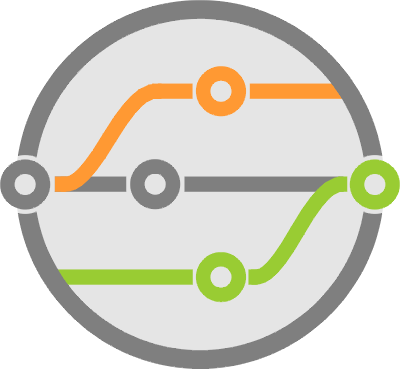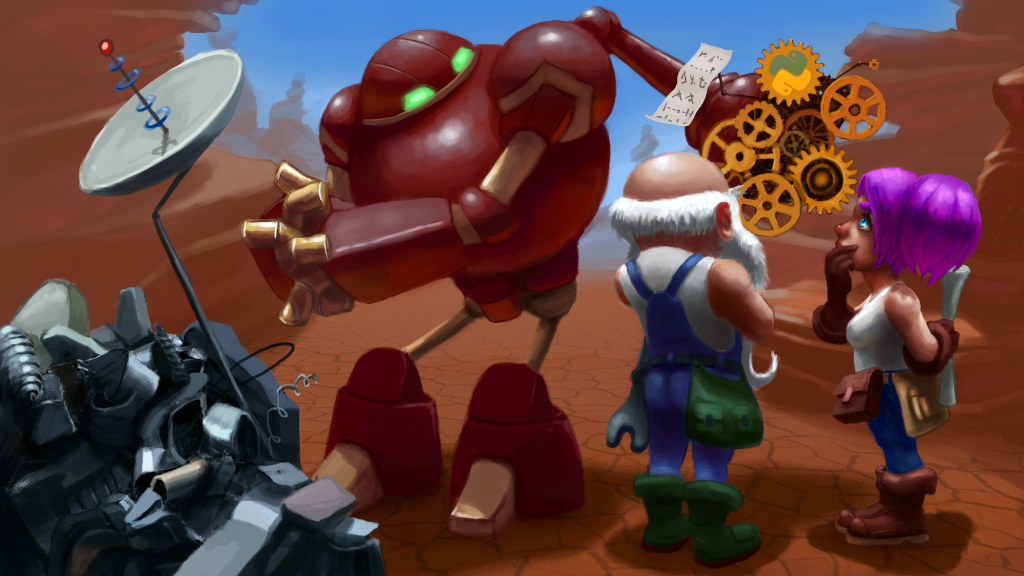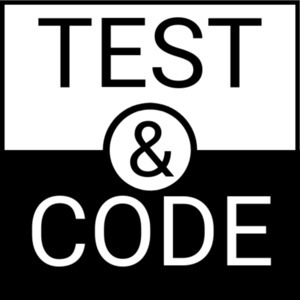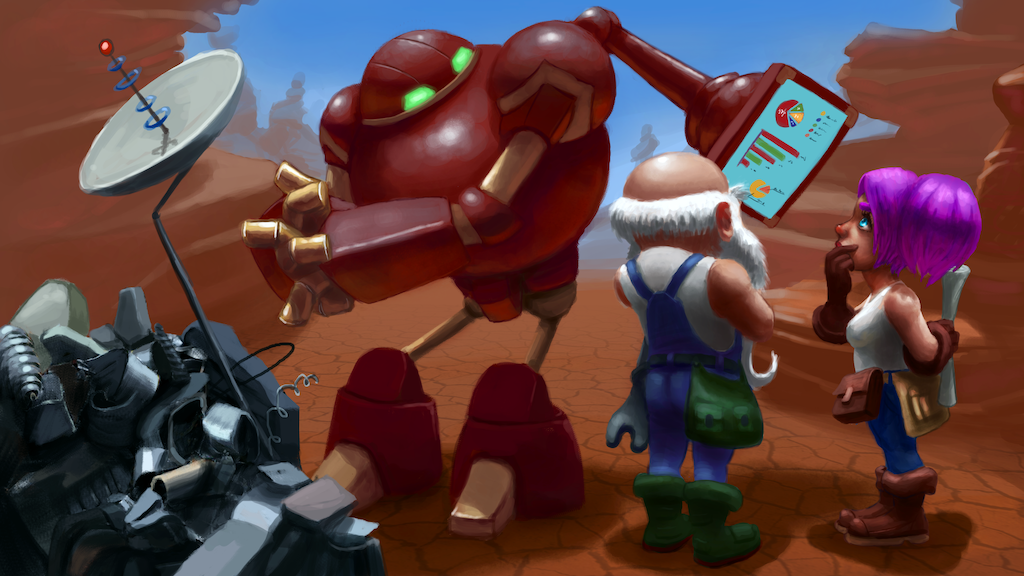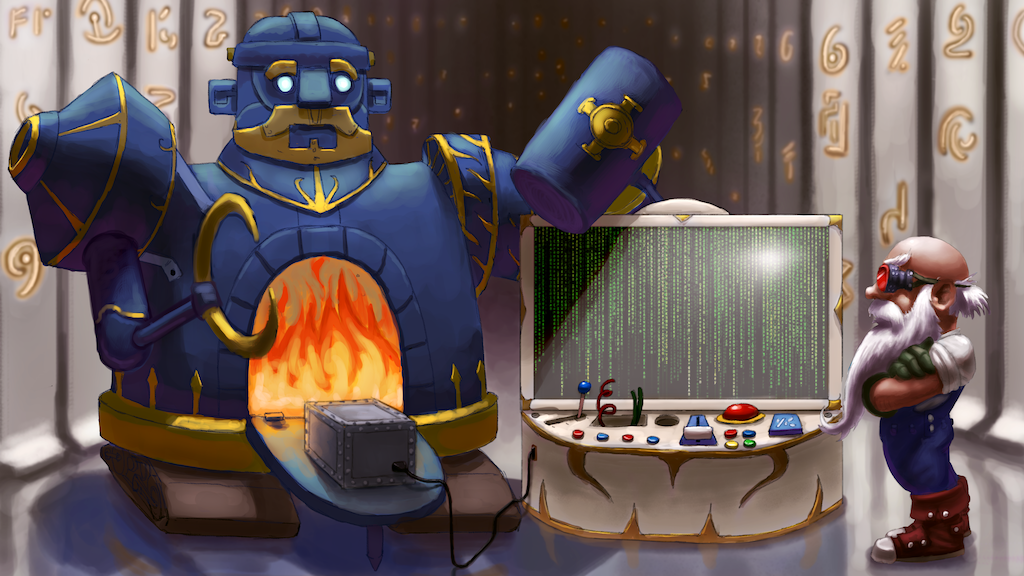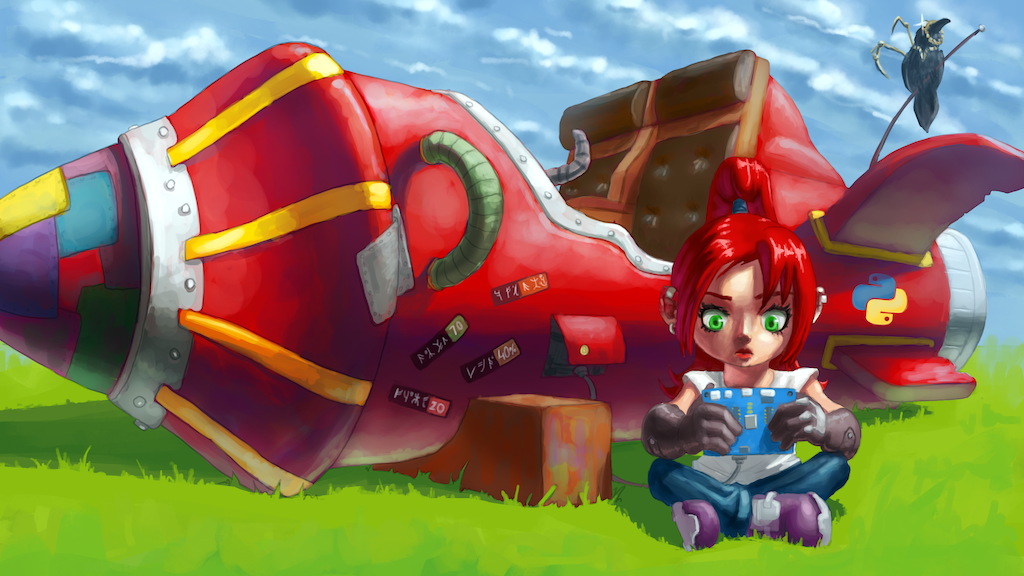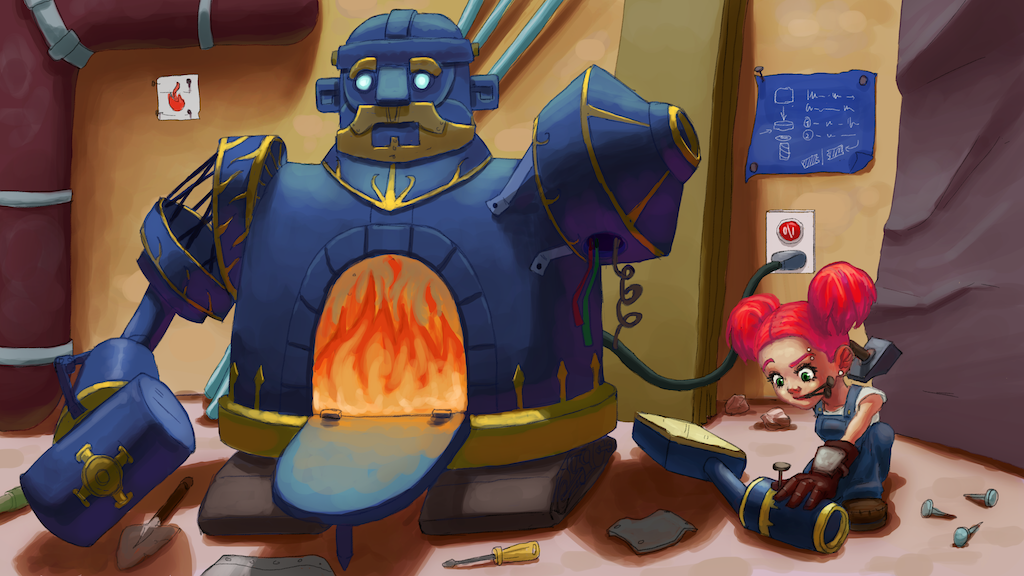Episode 13 - Practicality of the Microservices Obsession
Episode 12 - Unleashing Web Traffic with Content Delivery Networks
Every website and application often delivers a number of assets as static content. Things like images, CSS or JavaScript, grow in number and total size as your site evolves. And along with them, you’ll also see a jump in load times and bandwidth requirements.
Site performance is an important part of improving your search rankings, discoverability, and traffic. Especially when so much of the web is now viewed through mobile devices with limited bandwidth or high latency.
Content Deliver Networks or CDNs, work by caching static assets across servers geographically distributed all over the world. They reduce load times, improve performance, and minimize bandwidth and infrastructure costs.
Let’s dive into the details.
Continue readingEpisode 11 - Studies in Search Engine Optimization: 13 Essential Practices for Developers (Part 2 of 2)
Finishing up on our previous episode on search engine optimization, this time we discuss specific things that you can do as a developer building a website to improve your rankings and discoverability.
Continue readingEpisode 10 - Studies in Search Engine Optimization And Why Developers Should Care (Part 1 of 2)
Most developers are aware of the term “Search Engine Optimization”, and like me, have a vague understanding of what it actually means. For a long time I thought that this was more about the content of a website than how that site was created or built. In other words, I saw it as an issue for the folks over in the marketing or sales organizations, certainly not for us engineers to worry about.
It turns out that the design and architecture of the technologies implementing a website have a large impact in it’s discoverability. I didn’t understand this until about a year or two ago when I needed to perform some optimizations for tryexceptpass.
I met up with Michael Kennedy from the Talk Python To Me podcast, and together we recorded our musings about SEO and present them to you in this two-part series.
Continue readingEpisode 9 - The Fascinating World of Intellectual Property Law and How it Applies to Software
Based On
- Intellectual Property Law was created to foster innovation and competition.
- The concept has actually been around for centuries.
- Today, IP Law provides a way to protect coding innovations that may be novel or unique.
It refers to ownership of intangible things, giving people and businesses property rights to the intellectual goods and innovation they create, usually for a limited time.
You can own a specific brand logo, a unique way of solving a software problem or even a composition.
There are four types of intellectual property:
- Copyrights - for anything dubbed as “art” like paintings, music, etc.
- Patents - for inventions, meant to purposely enable a monopoly on their production.
- Trademarks - these are brand-related like logos, catchphrases and others that help identify a company.
- Trade Secrets - concepts that give a business some competitive edge over another.
Episode 8 - Microservices Cheat-Sheet: Answers to 8 Common Questions
Based On
35 Microservices Interview Questions You Most Likely Can't Answer
by Alex from FullStack.Cafe
The majority of enterprises are either running in a microservices environment or studying how to do so. The concept has been around for a while, but used a lot like an industry term that means different things to different people. We’ll try to define the concept and some of the terminology used along with it.
Continue readingEpisode 7 - Basic Practices to Secure Your Application Architecture
Based On
How to make your app's architecture secure right now: separation, configuration, and access
by Victoria Drake
Markets seem to reward fast product launches over secure one. This means that most organizations are not prioritizing security tasks early on. But following basic security practices early can yield great benefits without a significant increase in development time.
Continue readingEpisode 6 - Underused Git Commands that Simplify Your Life
Based On
Today, git is the standard for distributed version control. Services like GitHub and GitLab have made it very popular. But while many developers know the basics, a lot of us still think of it as magic and are unaware of the “power tools” that come with it.
We’ll discuss a number of commands or command options that will help you be more productive.
Continue readingEpisode 5 - Supercharge Your Coding Skills By Learning Software Architecture
Becoming a professional software developer is more than just getting better at a particular language, or learning more algorithms. You must learn about the development process itself, about design and architecture of a product. Following are a few things to consider/
- Make sure your code is the correct code for the project as a whole.
- Does it help you achieve the larger goals?
- Does it impede future development or constrain possible future goals in any way?
- Can you adjust constraints in a way that adds more value to the product?
- What are the documentation implications of writing it a particular way?
- Is it easy for someone else to pickup where you left off?
- How should I break down the tasks into small ones such that there’s time to test things out and increase confidence on the new changes?
Episode 4 - 7 Practices for High Quality Maintainable Code
Based On
- Code is complicated, hard to test, difficult to understand and can frustrate others.
- Writing cleaner code can save you from reimplementing software simply that you cannot understand.
- It’s an iterative process and there’s several principles to help you do that.
- Keep it Simple Stupid (KISS) tells us to avoid unnecessary complexity and reduce moving parts. The idea is to write for maintainability.
- Don’t Repeat Yourself (DRY) is about avoiding redundant implementations of the same function. You should think about refactoring.
- You Aren’t Gonna Need It (YAGNI), an Extreme Programming principle, says we should stick with the requirements and avoid adding unneeded features or functions.
- Composition over Inheritance asks us to take care when applying classes an inheritance in your design because it can lead to inflexible code.
- Favoring Readability reminds us that writing software is like writing prose. Organize your code as if you’re writing a novel.
- Practice Consistency tells us to stick with our decisions throughout the project. Keep the same format, implementation flow and design principles.
- Consider How to Test a solution before writing it, or at least while writing. It helps you avoid traps that can unnecessarily complicate the code base.
Episode 3 - Decoupling Database Migrations at Application Startup
- Data models change and evolve with your application.
- There’s plenty of tools that keep track of database schemas and automatically generate scripts to upgrade or downgrade them.
- It’s common for developers to run a migration at the start of their app before running app code.
- Our author explains two common problems with this approach.
- Modern day production deployments and horizontal scaling can get you into a race condition.
- You start assuming that new code will only ever run with the new schema.
- You can decouple migrations from code changes by disabling parallelism during this time.
- Make it a separate command or lock the database during the upgrade.
- We can easily implement locking ourselves in any language.
- Use Redis locks if you’re ok with something external to the DB.
- Use the DB itself by writing to an extra table to say that you’re upgrading it.
- Plan your deployment appropriately so you can run old code with new by making migrations additive in the short term.
- Using a script at startup that optionally performs the migration based on an environment variable integrates wel with Docker and cloud services.
- Upgrades of both code and data should be part of your testing BEFORE releasing to production.
Episode 1 - Practicality: ORMs vs SQL
- It’s up to us to learn how to apply design patterns and industry trends to our projects.
- What’s an Object Relational Mapper (ORM)?
- Why do I want to use one?
- Unexpected quirks of using ORMs. What are the tradeoffs?
- What about scalability?
Practical Log Viewers with Sanic and Elasticsearch - Designing CI/CD Systems
One of the critical pieces in a build system is the ability to view build and test output. Not only does it track progress as the build transitions through the various phases, it’s also an instrument for debugging.
This chapter in the continuous builds series covers how to build a simple log viewer. You’ll find details on retrieving log entries from Docker containers, serving them through Python, linking from a GitHub pull request, and highlighting the data for easy reading.
Continue readingTest & Code Episode 92 - 9 Steps to Crater Quality & Destroy Customer Satisfaction
Caught up with Brian Okken of the Test & Code podcast to discuss an earlier article about organizational practices that tend to lower quality and customer satisfaction. It was a blast to write and fun to talk it over with Brian.Painless Status Reporting in GitHub Pull Requests - Designing CI/CD Systems
Continuing the build service discussion from the Designing CI/CD Systems series, we’re now at a good point to look at reporting status as code passes through the system.
At the very minimum, you want to communicate build results to our users, but it’s worth examining other steps in the process that also provide useful information.
The code for reporting status isn’t a major feat. However, using it to enforce build workflows can get complicated when implemented from scratch.
Continue reading9 Organizational Test Practices Guaranteed to Lower Quality and Customer Satisfaction
A contribution to freeCodeCamp.org examining test practices opposite to our usual goals.
Command Execution Tricks with Subprocess - Designing CI/CD Systems
The most crucial step in any continuous integration process is the one that executes build instructions and tests their output. There’s an infinite number of ways to implement this step ranging from a simple shell script to a complex task system.
Keeping with the principles of simplicity and practicality, today we’ll look at continuing the series on Designing CI/CD Systems with our implementation of the execution script.
Continue reading